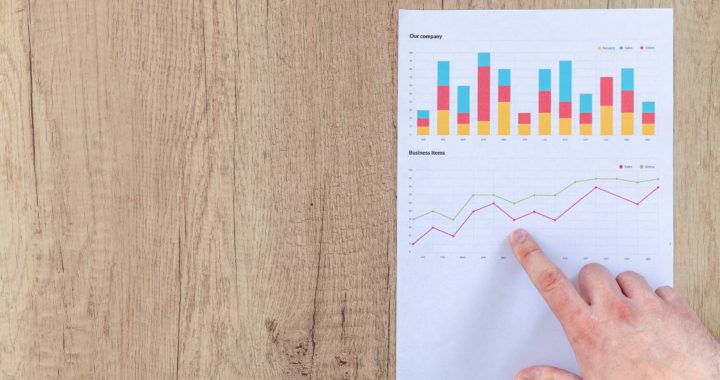On 1 July, the RBA announced a record low cash rate of 1%, which brings mortgage rates to their lowest level in over half a century. The low rate also means your deposits in the bank will be earning less interest. Trying to secure a new term deposit over 2% is almost impossible.
Currently, the investment markets are predicting an 80% chance that the 1% rate will be cut to 0.75% at the next RBA meeting in October.
So, what do low interest rates mean for you and your financial goals?
Low interest rates for borrowers and homeowners
Low interest rates have encouraged people to buy and bid-up the price of houses and asset values.
HSBC Australia’s chief economist, Paul Bloxham, predicts that “from a household perspective, the expectation should be that interest rates are going to stay low for a persistent period of time.” This is promising news for borrowers and homeowners, who are seeing an incentive to borrow without the fear that interest rates will rise.
The lower rates will result in an increase on how much you can borrow and how much you can afford to pay on your loan. This, in turn, creates competition for those looking to purchase a house as people can spend more, therefore causing housing prices to rise.
While those with large loans are happy, it is important to understand what the implications of low rates could mean for your financial security.
Do I need to be careful when buying during low-interest rate periods?
In the chase for higher returns, many have turned to riskier assets and are bidding up the price of investments. These investors chasing yield also want to be safe, and therefore tend to invest in more defensive stocks (also known as non-cyclical stocks, as they are not highly correlated within the business cycle). These include infrastructure assets like roads, pipelines and airports.
Many investors are also increasing their equity exposure through buying what they perceive as reliable, high dividend paying companies. These stocks, however, are often the most volatile from a capital perspective, with larger price swings putting your capital at risk.
Eventually, interest rates will increase again, and the high prices of assets will fall as the adjustment to higher interest rates takes place, potentially leaving those who buy in with capital losses.
What should I be investing in during this period?
Avoid buying shares just because they have high yield. Instead, focus on companies which demonstrate stability and growth, in addition to paying a dividend. Companies who reinvest a portion of their earnings back into the business as part of their growth strategy are the ones to be investing in. Ensure you are buying these companies at a reasonable price.
I would also be cautious when considering funds or products that promote yield and monthly returns. These are usually heavily advertised to take advantage of those chasing higher interest rates or yield, and can be full of underlying fees and risk.
To make the most of this low-interest rate environment and stay on track to reach your goals, please contact me for a complimentary assessment and consultation.
